Looking for the best food and drinks in your neighborhood? Check Yelp. Looking for the most interesting food and drinks on the planet? Look no further than these curious destinations, excerpted from Atlas Obscura, on sale now!
Sourtoe Cocktail
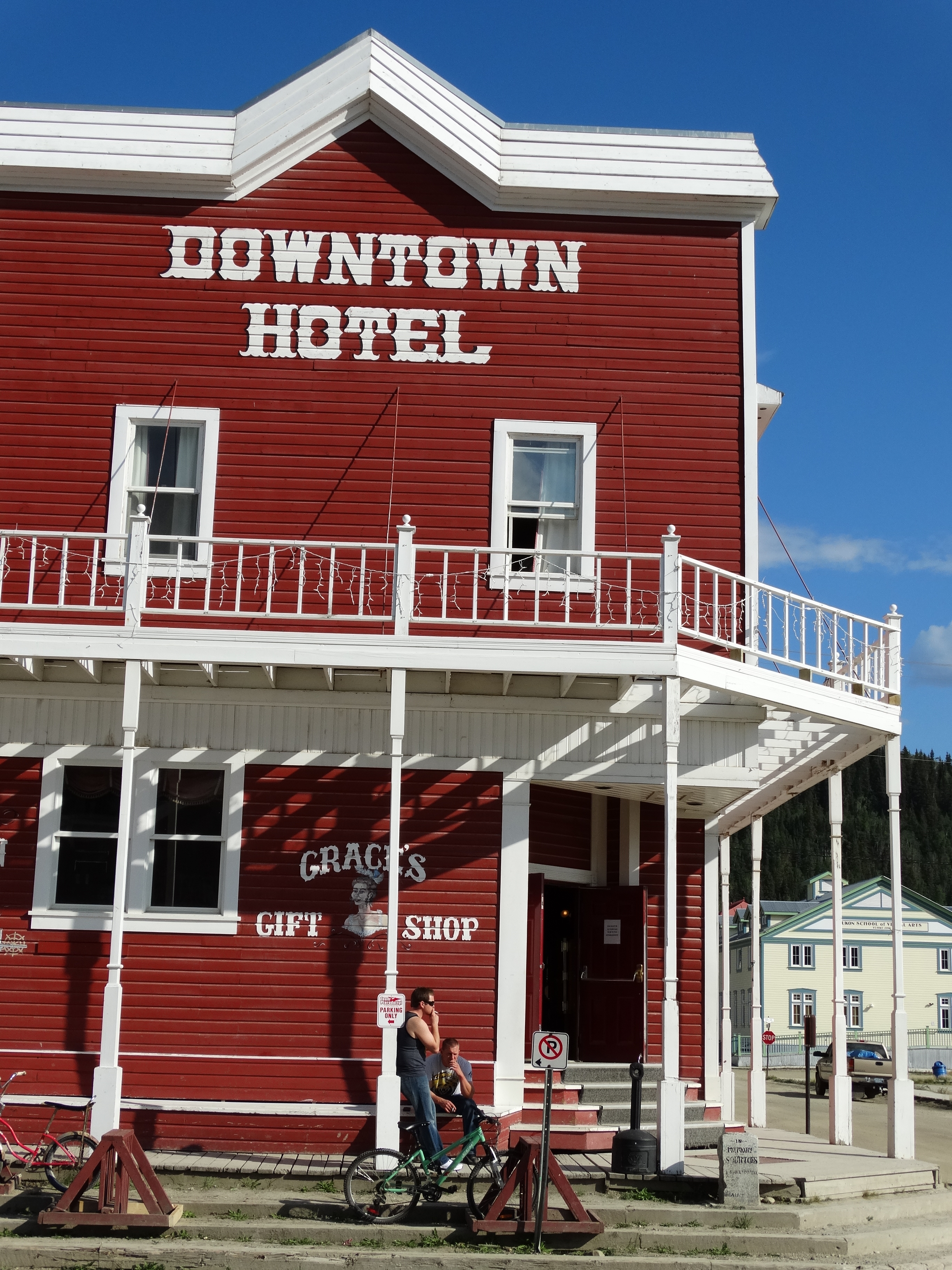
DAWSON CITY, YUKON, CANADA
The story of the Sourtoe begins with Captain Dick. A former cowboy, truck driver, and professional wolf-poisoner, Dick Stevenson was poking around a cabin on the outskirts of town in 1973 when he found a jar. Inside, preserved in alcohol, was a human toe.
Known for his madcap schemes—he boasts of having organized “the first nude beauty contest north of the 60th parallel”—the captain wondered how he could best make use of the toe. Then, after several drinks, it hit him: cocktail garnish.
The Sourtoe, served every night at the Downtown Hotel since 1973, is Stevenson’s enduring creation. Originally it adhered to a strict two-ingredient recipe: champagne plus pickled toe. Over the years, however, the Sourtoe rules have relaxed. Any liquid, alcoholic or otherwise, may now be used, but drinkers must abide by the official chant: “Drink it fast or drink it slow, but the lips have got to touch the toe.” Those who accomplish the wince-inducing task receive a certificate of membership in the Sourtoe Cocktail Club.
The same toe is used for every drink—alcohol keeps it sterile—but incidents of accidental swallowing have resulted in a succession of donated toes. The first toe, amputated from a man’s frostbitten foot in the 1920s, went down the throat of an intoxicated miner in 1980. Toe number two, donated when its owner developed an inoperable corn, went missing a short time later. A baseball player swallowed toe number three, another frostbite casualty, in 1983. Five toes have since been donated to the bar, the most recent arriving in a jar with a message: “Don’t wear open-toed sandals while mowing the lawn.”
Sourdough Saloon at the Downtown Hotel, 1026 Second Avenue, Dawson City.
N 64.062336 W 139.433435
The Big Baobab
MODJADJISKLOOF, LIMPOPO, SOUTH AFRICA
There’s a bar inside one of the trees on the Sunland mango farm. It has draft beer and a dart board, and can fit up to 15 people comfortably.
The tree in question is a particularly large Adansonia digitata, a baobab found across sub-Saharan Africa. With a height of 72 feet (22 m) and a circumference of 154 feet (47 m), the Sunland baobab is big enough to walk around in. A “wine cellar” carved into the baobab keeps bottles at a constant 72°F (22.2°C).
You might think the tree would suffer from having a bar installed in its belly. Baobabs, however, develop natural hollows in their trunks, so there wasn’t much hacking and carving required. The tree still produces leaves and fruit every year.
Sunland is 4 hours from Johannesburg, near the small town of Modjadjiskloof. If you want to spend the night, the farm offers accommodations in the form of “jungalows,” which feature open-air bathrooms.
S 23.621100 E 30.197700
Bozhou Medicinal Herb Market
BOZHOU, ANHUI, CHINA
Located at the juncture of two key railway lines, the dusty and rusty city of Bozhou is the capital of the Chinese medicinal herb industry. With a population of 3 million people, the city revolves around a massive 85-acre market, where some 6,000 traders come from every corner of southeast Asia to ply the ingredients found in traditional Chinese medicine.
Here you can find barrels of dried human placentas (for fainting sickness), dried fist-size stag beetles (for increased metabolism), dried flying lizards (also for metabolism), cockroaches (a topical anesthetic), crushed pearls to ingest with tea (for influenza), pencil-size millipedes bundled up and bound together in clumps (for a host of sicknesses), snakes (for arthritis), and a dozen different kinds of ants (for pretty much whatever ails you). Around every corner are hemp sacks overflowing with scorpions, seahorses, turtle shells, antlers, and every kind of root and flower imaginable.
Though the Bozhou herb market feels timeless—and there has indeed been an herbal market on the site for centuries—the market has recently undergone a boom as Westerners have increasingly adopted elements of traditional Chinese medicine. Today, the downtown is ringed with pharmaceutical factories and hotels for visiting traders.
Weiwu Avenue, Bozhou. The overnight train from Shanghai to Bozhou takes about 10 hours.
N 33.862205 E 115.787453
Tongzi Dan
DONGYANG, ZHEJIANGM, CHINA
Every spring, the streets of Dongyang fill up with egg vendors selling a popular seasonal product known as tongzi dan. Also called “boy eggs,” the traditional delicacy is made by collecting the urine of young boys and using it to hard-boil eggs. After boiling in the steaming urine, the eggs are removed, their shells cracked, and they are placed back into the simmering urine to soak up the robust flavor.
Tongzi dan have been standard street fare in Dongyang in Zhejiang Province for hundreds of years. The smell of steaming urine wafting through the city heralds the arrival of spring. Residents attest to the appetizing taste and medicinal properties of the eggs, believing they increase blood flow and lower internal temperature. Despite these widely held beliefs, doctors in the area do not advocate the consumption of anything boiled in human waste.
The process of acquiring bulk quantities of fresh young urine is surprisingly simple: Local schools line their halls with plastic buckets, which boys under 10 use as toilets when the urge strikes. The receptacles are collected throughout the day and their contents poured into the cooking barrels. In order to keep the process as hygienic as possible, boys who are unwell are asked to refrain from using the buckets.
Dongyang, Zhejiang.
N 29.289634 E 120.241561
Svalbard Global Seed Vault
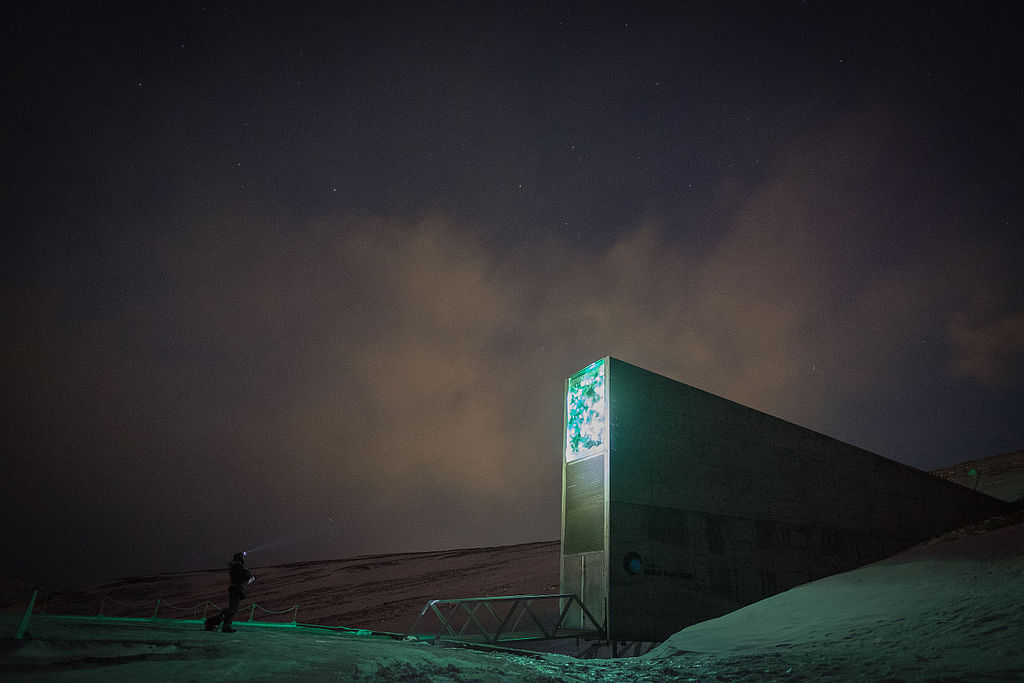
LONGYEARBYEN, SVALBARD, SWEDEN
A winter night in Longyearbyen lasts 4 months. In the ice-covered mountains, the darkness is broken only by a slim concrete building that emits a pale blue glow as it overlooks the 1,000-resident town. The simple structure offers no hint as to what’s protected inside: a collection of seeds that could save humanity.
Due to the loss of genetic diversity among commercially cultivated crops, which tend to be grown from clonal monocultures, many worldwide food crops are at risk of disease. Mutated strains of fungus, or a new bacterium, could potentially wipe out an entire world crop in a matter of months, causing massive food shortages. The Svalbard Global Seed Vault was established by the Norwegian government in 2008 to function as a sort of genetic safe-deposit box.
The facility has the capacity to conserve 4.5 million seed samples. Under the current temperature conditions in the vault, which are similar to those in a kitchen freezer, the seed samples can remain viable to begin new crops for anywhere from 2,000 to 20,000 years.
Svalbard was chosen as the location because it is tectonically stable and its permafrost provides natural refrigeration in case of a power failure. There is no permanent staff at the seed bank, but it is monitored constantly using electronic surveillance. Access to the vaults, open only to employees, requires passing four locked doors protected by coded access keys.
To get to Longyearbyen, you’ll need to fly from Oslo with a stopover in Tromsø. While the seed vaults are off limits, the building itself is a dramatic sight surrounded by banks of snow. Other winter activities in the tiny town include dog sledding and reindeer spotting.
N 78.238166 E 15.447236
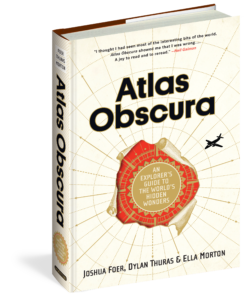 About the Book
About the Book
It’s time to get off the beaten path. Inspiring equal parts wonder and wanderlust, Atlas Obscura celebrates over 700 of the strangest and most curious places in the world.
Created by Joshua Foer, Dylan Thuras and Ella Morton, Atlas Obscura revels in the weird, the unexpected, the overlooked, the hidden and the mysterious. Every page expands our sense of how strange and marvelous the world really is. And with its compelling descriptions, hundreds of photographs, surprising charts, maps for every region of the world, it is a book to enter anywhere, and will be as appealing to the armchair traveler as the die-hard adventurer.
Anyone can be a tourist. Atlas Obscura is for the explorer.
Order Atlas Obscura today!
Amazon » Barnes & Noble » IndieBound » Workman »

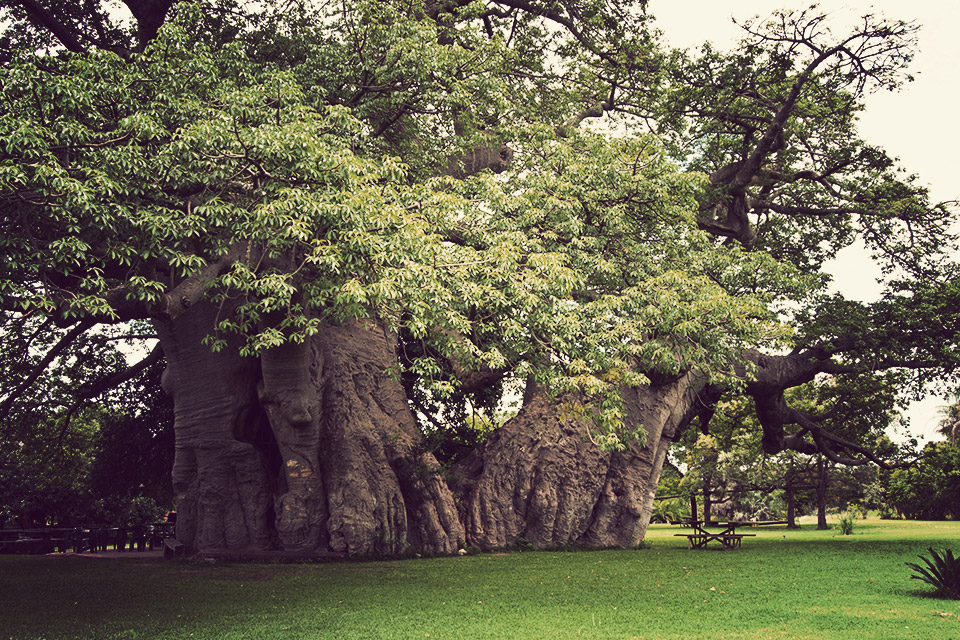
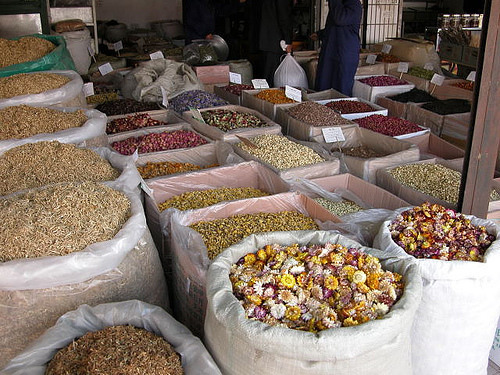

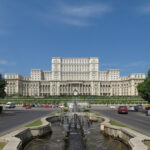
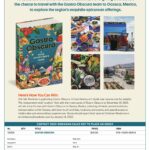

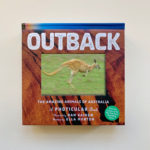
No Comments